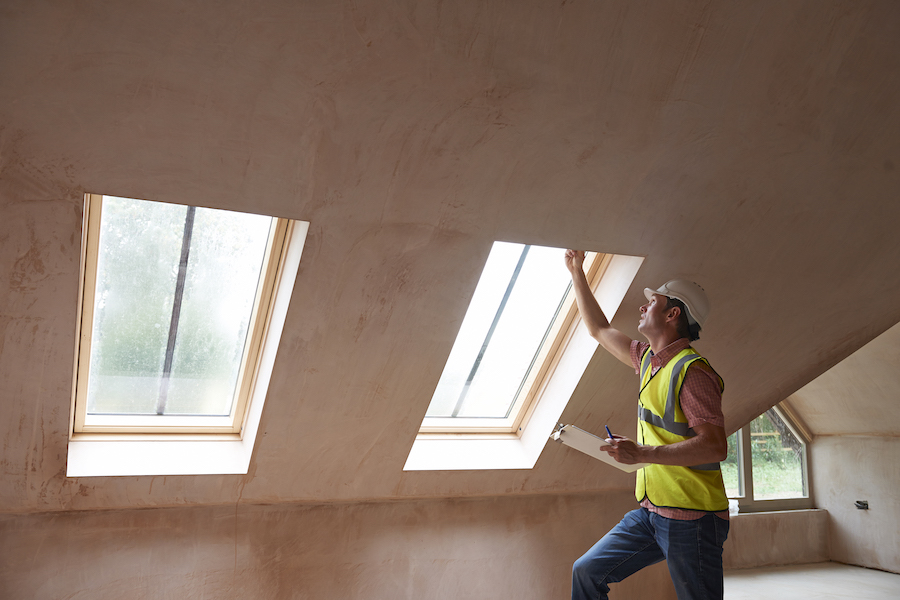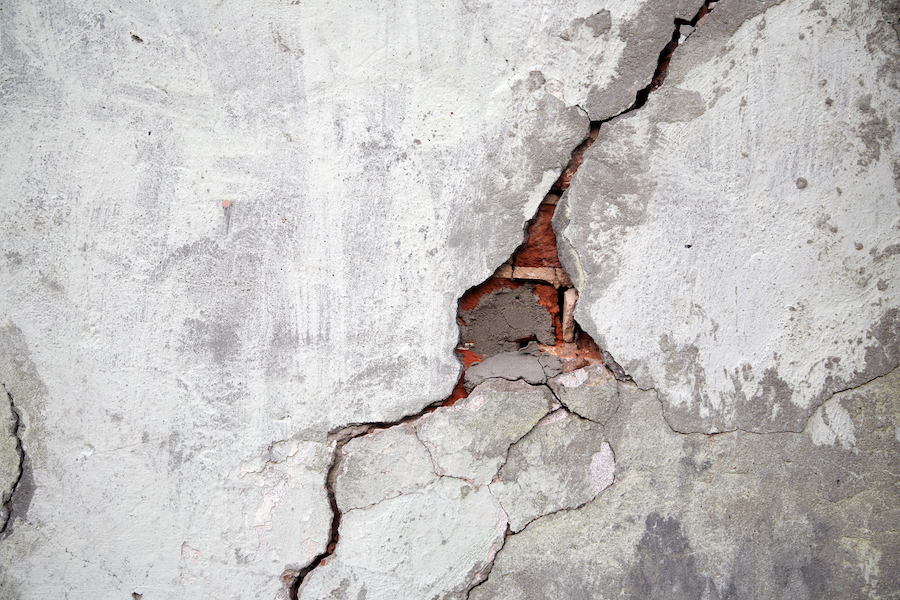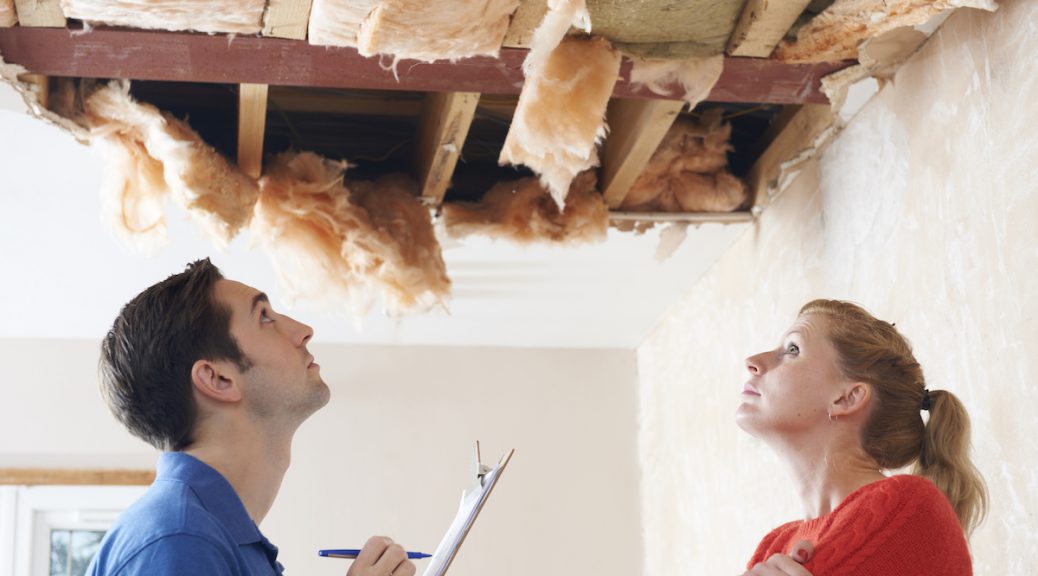When buying a property, any diligent buyer will know that the physical condition of a building is as important as its location. Sometimes, however, the buyer is so excited about the aesthetic beauty of a property that they neglect to see or choose to ignore its defects.
This is perhaps one of the biggest mistakes a buyer could make when purchasing a property since all properties may have defects, including those that are newly built; the buyer should always be aware of this.
In real estate terms, these defects are called visible defects and hidden defects. It is in the interest of any selling owner and buyer of a property to distinguish between a hidden defect and a visible defect. The reason is simple: it’s all about the liability of the parties.
Visible Defects
A visible defect is a defect that is detectable and visible to the naked eye. In general, the selling owner cannot be held responsible for all visible defects. Thus, the buyer will not, in general, be able to blame the seller for visible defects.

A diligent buyer will have the building they plan to purchase inspected. In their report, the building inspector will note all the defects they have found during the inspection. Therefore, all of these defects will be considered visible defects. Thus, the buyer will not normally be able to blame the seller for these apparent defects.
Hidden Defects
A hidden defect is a defect that is not visible to the naked eye. So how do we identify it? In fact, a defect is called “hidden” if it has all the following characteristics:
- It existed at the time of the purchase of the building;
- It is unknown to the buyer;
- It is not apparent;
- It is so serious that, had they known it, the buyer probably would not have purchased the building or asked for a price reduction.
The important thing to remember is that the seller is held responsible for them. It is the law. On the other hand, they will not be held responsible for all the defects allegedly reported to the buyer beforehand. Then, before putting their property up for sale, the diligent seller will have declared all factors that adversely affect the building by filling out the seller’s property statement form to the best of their knowledge. For this reason, the seller is always advised to disclose any defects they are aware of.

In the event that a seller voluntarily conceals the existence of a factor that adversely affects the building, they may be held liable. It will then be up to the buyer to prove that the seller knew of the defects that were being hidden from them.
One thing is certain, visible defects and hidden defects can both cause significant damage to a property and costly repairs for both parties.
Be careful and vigilant when purchasing a property. Your peace of mind and your bank account will be grateful!
All images in this article are from https://depositphotos.com.
